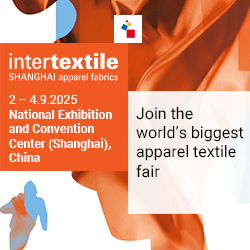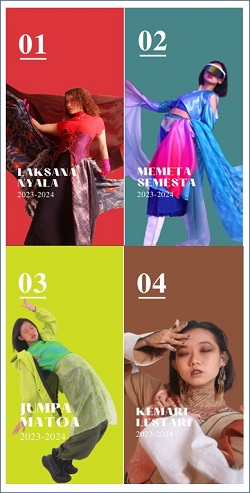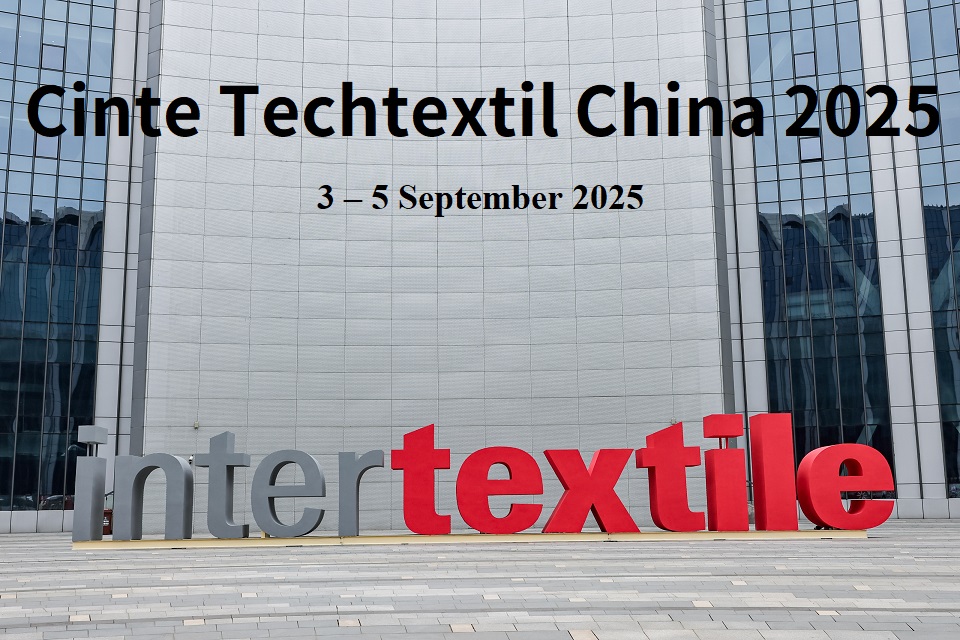Prof. Ina Primiana
- Professor of FEB UNPAD
- Senior Economist of CORE Indonesia
The textile and textile products (TPT) industry are contributing to the national trade surplus with the largest absorption of labour. The strength of the textile industry in Indonesia is the integration of the industry from upstream to downstream. But currently TPT entrepreneurs are faced with various serious problems, if the problems faced are not immediately sought for a solution, the TPT industry will experience a collapse which of course results in increased unemployment. Currently, the number of workers working in the textile industry until 2019 has reached 2.83 million people. One of the problems faced by the textile industry is due to the preferential treatment of importers compared to exporters or local market entrepreneurs.
Several import facilities such as PLB, Bonded Warehouse, and Post Border have destroyed the domestic market. Policies that have an impact on the decline in the performance of the domestic textile industry include Permendag 64/2017 (Permendag 77/2019), namely regulations that facilitate imports, previously imports of TPT were only as raw material for producers (API-P) now traders (API-U) are free of imports, and also Permendag 28 / 2018 and MOT 74/2018 from strict border checks to only using CCTV. Whereas on the other hand the domestic industry is still faced with problems of competitiveness due to high energy costs, low labour productivity, high logistics costs, a tax system that does not support an integrated industry, as well as a lack of banking support and this all results in de-industrialization, trade balance deficits, market share continues to decline. Another thing that has exacerbated the deterioration of the textile industry is its indecisiveness on unprocedural import practices.
In 2007 the textile industry experienced a surplus of up to US $ 7.8 billion, but since 2008 until now the surplus has continued to decline, in 2018 it was only US $ 3.2 billion and up to 2019 US $ 3.4 billion. Meanwhile, in January-October 2020, it is US $ 3.55. The utility of installed capacity has continued to decline since 2013, namely by 73.1% to below 60.63% in 2017, and 56.69% in 2019, and production volume is only 50% of installed capacity.
The average growth in exports and imports of the textile industry in 2008-2019 was 2.5% and 8.9%, so that the balance sheet experienced a deficit of -4.3%. The negative balance growth is due to higher import growth than export growth. Dependence on imports continues to strengthen, the impetus for imports has no effect on export growth and even has a negative impact on the domestic market. Imported apparel in 2018 almost doubled compared to 2016, which affected the local market garment industry. SME and UMKM Garment produce 42% of the total national garment production, 95% are sold in the domestic market. And control about 40% of the domestic market. 24% of the domestic market is currently controlled by imported products which are increasingly eroding the market share of local products, including products from SME and MSME.
In addition, the share of the Indonesian textile market in world TPT continues to decline, followed by Bangladesh and Vietnam. In 2009, the share of the Indonesian textile market in world TPT was 1.66% not much different from Bangladesh (2.43%) and Vietnam (1.86%), but in 2018 the share of the Indonesian textile market decreased to 1.58%, while Bangladesh and Vietnam increased to 4.72% and 4.59%. Likewise, the ratio of imports to exports of Indonesia in 2009 was 40.6% but in 2018 it became 73.1% in contrast to Bangladesh which was 14.2% (2009) and 28.5% (2018), while Vietnam's ratio decreased from 61.9. % (2009) to 42.5% (2018).
From the description above, it is necessary to take several actions to prevent worse conditions in the textile industry. The government needs to listen more and accommodate the hopes of associations so that the existence of the textile industry can be maintained, this is of course to prevent entrepreneurs from changing professions to become importers because it is easier to become an importer than an exporter. By fixing various problems faced by the national textile industry, it will improve the supply chain of the textile industry which of course will increase its competitiveness and gradually dominate the domestic market and increase the world market share.
Policy recommendations
To maintain and maintain the textile industry, there are a number of recommendations that can also be used as input for the Industry and Trade RPP which are currently under discussion;
(1) Continuing the post-meeting agreement with the president, among others, closing a number of textile Bonded Logistics Centres (PLB) which are the entry points for imported products, imposing a Safeguard for Yarns and Fabrics and currently a process for garment and carpet safeguards, implementing gas prices for USD 6 / mmbtu in some of the upstream textile industry based on petrochemical, the supply of polyester raw materials is in the form of Paraxylene is still underway, 35% import substitution policy and the provision of local raw materials for SME;
(2) The 35% import substitution policy and encouraging the use of local raw materials can run as long as the government guarantees the domestic market for domestic products. In the absence of market guarantees, the provision of investment incentives will not encourage industrial growth and investment.
(3) Regulations are needed to assist the domestic industry by providing convenience for local destinations for export (KLTE) and convenience for local destinations (KLTL) so that there is fairness to KITE facilities for imported raw materials.
(4) Revised PERMENDAG 77 2019 to encourage the use of domestic products: Imports of TPT are only for products that are not produced domestically and may only be imported by verified producers (API-P) and not through PLB and Bonded Warehouses
(5) The existing trade cooperation agreements tend to harm domestic manufacturers and discourage investment because the domestic market is too open due to trade cooperation agreements. It takes special regulating rules related to the formation and negotiation of trade cooperation both bilaterally, regionally and multilaterally.
(6) Tighter supervision in customs areas to tackle violations of import procedures that are currently rampant (Under Invoice, Under Volume, Under Price, False Declaration (COO), Transhipment etc.). And it needs firm affirmation for those who violate it
(7) Inter-ministerial coordination to provide an integrated upstream-downstream policy for the textile industry in particular and the manufacturing industry in general.






